Buying used tires can save you money and help the environment. However, it’s essential to ensure that the tires you purchase are safe and in good condition. This guide will help you inspect used tires before you buy them, so you can make an informed decision.
Check the Tread Depth
The tread on a tire helps maintain traction on the road. Tires with worn-out tread can be dangerous, especially in wet or snowy conditions.
How to Measure Tread Depth
- Penny Test: Insert a penny into the tread with Lincoln’s head facing down. If you can see the top of Lincoln’s head, the tread is too worn, and the tire needs to be replaced. This test is a quick and easy way to check the tire’s condition.
- Quarter Test: Insert a quarter into the tread with Washington’s head facing down. If the tread covers part of Washington’s head, the tread depth is more than 4/32 of an inch, indicating the tire is still good. This method is more conservative than the penny test, offering an extra margin of safety.
- Tread Depth Gauge: This tool, available at auto parts stores, gives an accurate measurement of the tread depth in millimeters or 32nds of an inch. For precise readings, this is the most reliable method. Simply insert the probe into a tread groove, press the shoulders against the tread block, and read the measurement.
Inspect the Tire Age
Tires degrade over time, even if they haven’t been used much. The rubber can become brittle and crack, leading to potential blowouts.
How to Check Tire Age
Look for the Tire Identification Number (TIN) on the sidewall. The last four digits indicate the week and year of manufacture. For example, a TIN ending in 3521 means the tire was made in the 35th week of 2021. Most manufacturers recommend replacing tires after six years, regardless of tread life. Even if the tread looks good, an old tire can be risky due to the natural degradation of the rubber compound.
Examine the Tire Sidewalls
The sidewall of the tire holds air and supports the weight of the vehicle. Damage to the sidewall can lead to air leaks and blowouts.
What Does Service Tire Monitor System Mean?
How to Inspect Sidewalls
- Bulges or Bubbles: These indicate internal damage and can lead to a blowout. Bulges often result from air escaping into the tire’s structure, which is a serious safety hazard.
- Cracks: Cracks usually result from UV damage or extreme temperature changes. Small cracks can quickly expand, compromising the tire’s integrity.
- Punctures: Any object stuck in the sidewall means the tire cannot be safely repaired and should be discarded. Sidewall punctures are not repairable and pose a significant risk if not addressed.
Look for Previous Repairs
Tires that have been properly repaired can still be used, but it’s important to check the quality of the repair.
How to Identify Repairs
- Plug-Patch Repairs: These are good for the remainder of the tire’s life because they fully seal the puncture. This type of repair is considered the safest and most effective.
- Patches or Plugs: Avoid tires with only patches or plugs, especially if the repair is on the shoulder or sidewall. These are temporary fixes and can fail. Check both the exterior and interior of the tire for signs of repair.
How To Use Tire Pressure Guage ?
Search for Manufacturer Recalls
Some tires may have been recalled due to defects. It’s important to ensure that the tires you are considering do not have any recalls.
How to Check for Recalls
Use the National Highway Traffic Safety Administration’s (NHTSA) recall tool to search for any recalls on the tire brand or line. This tool provides detailed reports on recalled tires, including the DOT range to avoid. Ensuring the tire hasn’t been recalled is crucial for your safety.
Assess the Overall Condition
Beyond specific inspections, it’s important to assess the overall condition of the tire.
What to Look For
- Even Wear: Uneven wear can indicate alignment issues with the vehicle it was previously on. Tires worn unevenly may have been subjected to improper maintenance.
- Foreign Objects: Check for nails, glass, or other debris embedded in the tire. These objects can cause air leaks or further damage.
- Cleanliness: A well-maintained tire will generally be clean and free of excessive dirt or grime. This can be an indicator of how the previous owner cared for the tire.
Benefits of Buying Used Tires
Buying used tires has several advantages beyond cost savings.
Cost-Effective
Used tires can be 30-50% cheaper than new ones. This can be a significant saving, especially if you need to replace multiple tires. The lower cost also makes it more feasible to buy a spare tire, providing extra peace of mind on the road.
Environmentally Friendly
Purchasing used tires reduces waste and conserves resources. It helps extend the life cycle of tires already in circulation, contributing to environmental sustainability. Reusing tires helps decrease the number of tires discarded each year, which is beneficial for the planet.
Good Condition
Many used tires have plenty of tread life left. Tires from vehicles involved in accidents or from owners who upgraded early can still be in excellent condition. Inspecting them thoroughly ensures you get a good deal without compromising on safety.
Where to Buy Used Tires
Finding a reputable dealer is crucial to getting quality used tires.
Reliable Sources
- Tire Trade-Ins: When customers buy new tires, they often leave their old ones behind. These can be inspected and sold as used tires. Trade-ins often come from vehicles that have upgraded early, leaving behind tires with substantial tread life.
- Totaled Cars: Tires from wrecked cars can still be in good condition. Salvage yards or insurance auctions often have tires that are nearly new.
- Wholesale Tire Distributors: Some wholesalers acquire high-quality used tires through exchanges and buy-back programs. These distributors often have a wide selection, ensuring you can find the right tire for your needs.
Conclusion
Inspecting used tires carefully can help you find safe and reliable options. By checking the tread depth, tire age, sidewalls, previous repairs, and manufacturer recalls, you can ensure you’re getting a good deal. Remember to assess the overall condition and buy from reputable sources to enjoy the benefits of cost savings and environmental sustainability. Happy tire hunting!
For more Tire Services Contact us Today!
Discover Quality and Safety with Zee’s New and Used Tires – Unbeatable Prices and Expert Service Await!
Looking for high-quality used tires? Visit Zee’s New and Used Tires for a wide selection of thoroughly inspected tires that meet safety standards. Our expert team is here to help you find the perfect tires for your vehicle at unbeatable prices. Visit us today and drive away with confidence!
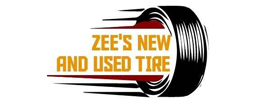
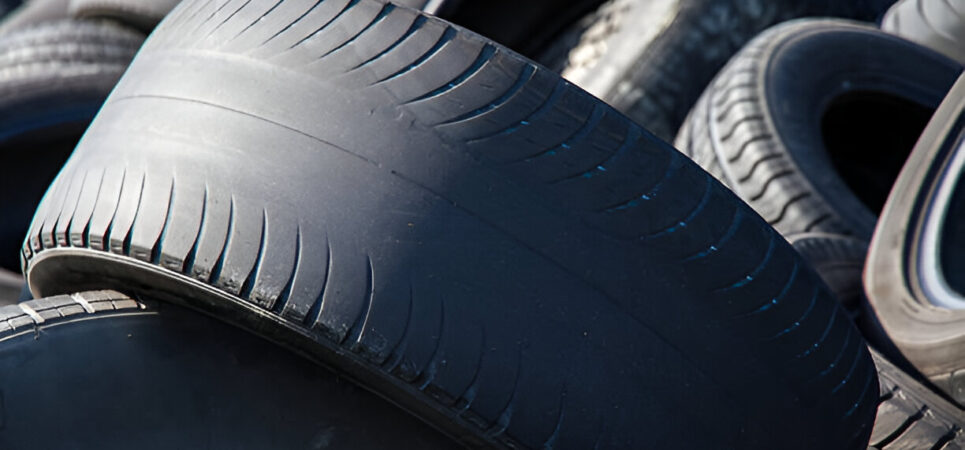
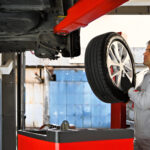
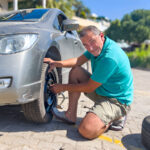
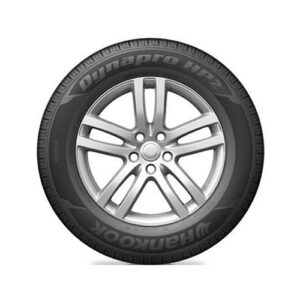
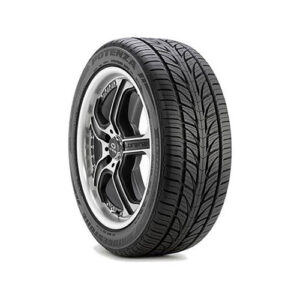

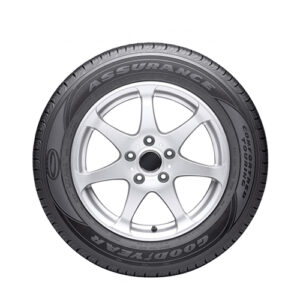
Leave a Reply